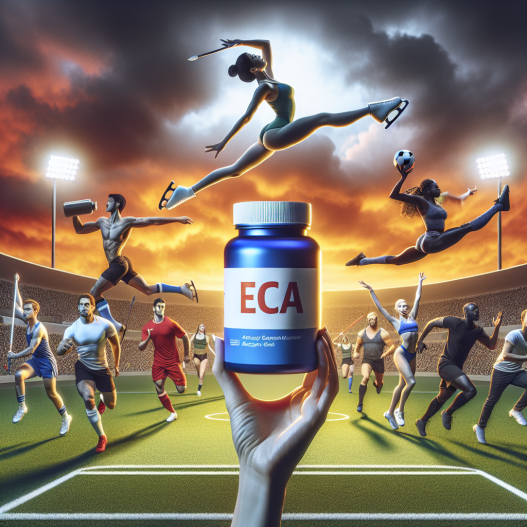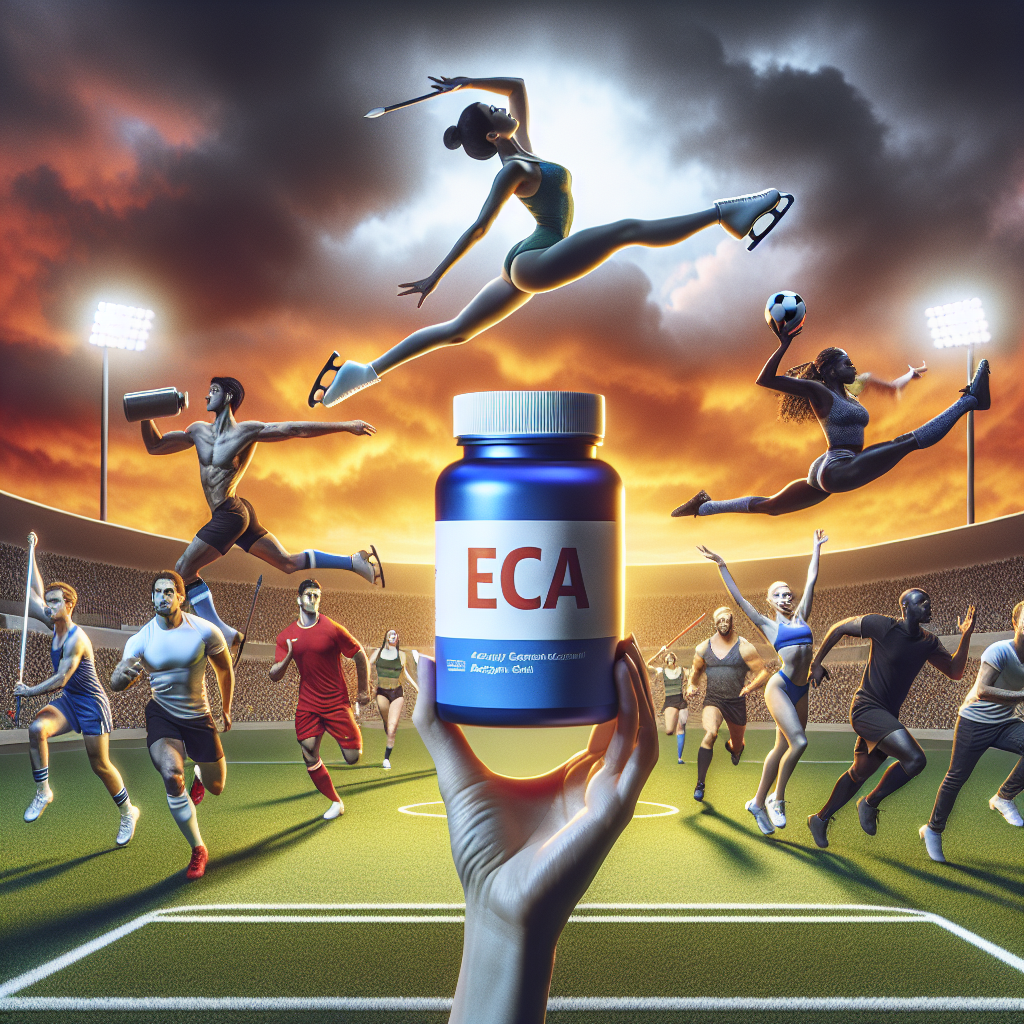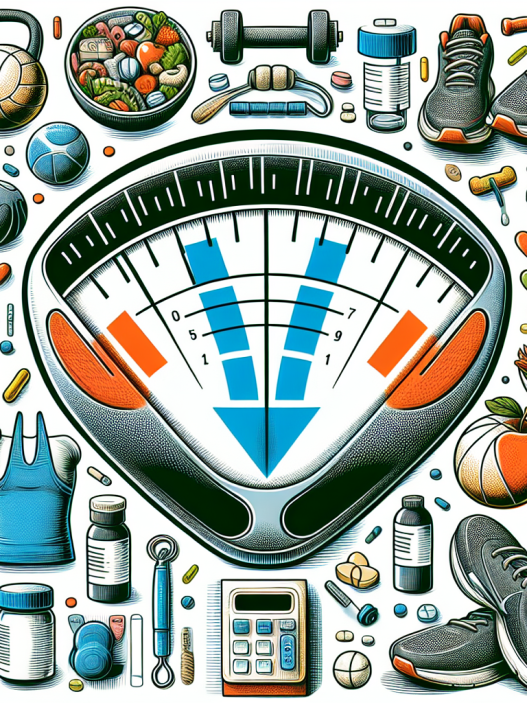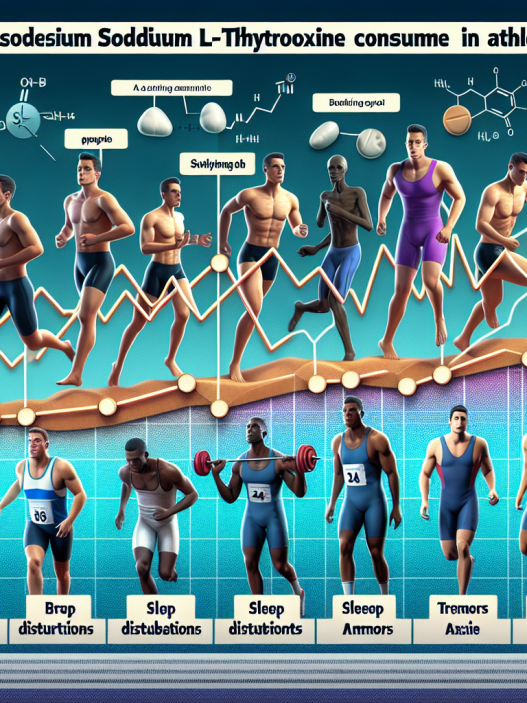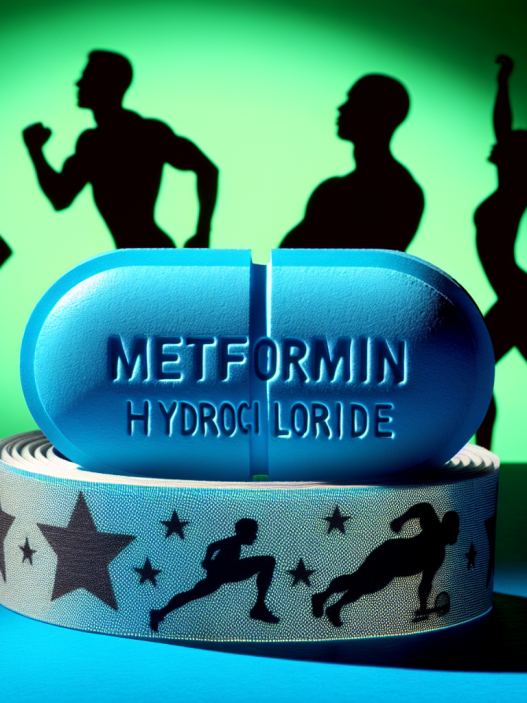-
Table of Contents
Eca: A Controversial Supplement in the Sports World
The use of supplements in the sports world is a highly debated topic. Athletes are constantly looking for ways to enhance their performance and gain a competitive edge. One supplement that has gained a lot of attention in recent years is Eca. This combination of ephedrine, caffeine, and aspirin has been touted as a powerful performance enhancer, but it has also been surrounded by controversy. In this article, we will explore the pharmacokinetics and pharmacodynamics of Eca, its potential benefits and risks, and the current regulations surrounding its use in sports.
The Pharmacokinetics of Eca
Eca is a combination of three substances: ephedrine, caffeine, and aspirin. Each of these substances has its own unique pharmacokinetic profile, but when combined, they can have a synergistic effect on the body.
Ephedrine is a sympathomimetic drug that acts on the central nervous system to increase heart rate, blood pressure, and metabolism. It is rapidly absorbed from the gastrointestinal tract and reaches peak plasma levels within 2 hours (Greenway et al. 2000). It has a half-life of 3-6 hours and is primarily metabolized by the liver (Greenway et al. 2000).
Caffeine is a stimulant that is also rapidly absorbed from the gastrointestinal tract and reaches peak plasma levels within 1 hour (Graham et al. 2001). It has a half-life of 3-7 hours and is primarily metabolized by the liver (Graham et al. 2001).
Aspirin is a non-steroidal anti-inflammatory drug (NSAID) that is also rapidly absorbed from the gastrointestinal tract and reaches peak plasma levels within 1-2 hours (Graham et al. 2001). It has a half-life of 2-3 hours and is primarily metabolized by the liver (Graham et al. 2001).
When taken together, the pharmacokinetics of these three substances can be altered. For example, caffeine can increase the absorption of ephedrine, leading to higher plasma levels and a longer half-life (Greenway et al. 2000). Aspirin can also increase the absorption of ephedrine and caffeine, as well as prolong their half-lives (Graham et al. 2001). This means that the effects of Eca can last longer and be more potent than each substance taken alone.
The Pharmacodynamics of Eca
The combination of ephedrine, caffeine, and aspirin in Eca has been shown to have a synergistic effect on the body. Ephedrine and caffeine both act on the central nervous system to increase heart rate, blood pressure, and metabolism, while aspirin acts as an anti-inflammatory agent. This combination can lead to increased energy, alertness, and endurance, making it an attractive supplement for athletes.
Studies have shown that Eca can improve athletic performance in various sports, including cycling, running, and weightlifting (Greenway et al. 2000; Graham et al. 2001). It has been reported to increase time to exhaustion, power output, and strength (Greenway et al. 2000; Graham et al. 2001). However, these studies have also highlighted the potential risks associated with Eca use.
The Benefits and Risks of Eca
The potential benefits of Eca for athletes are clear – increased energy, alertness, and endurance can lead to improved performance. However, the use of Eca has also been associated with several risks.
One of the main concerns with Eca is its potential for adverse cardiovascular effects. Ephedrine and caffeine both act on the central nervous system to increase heart rate and blood pressure, which can be dangerous for individuals with underlying heart conditions (Greenway et al. 2000; Graham et al. 2001). Aspirin, on the other hand, can increase the risk of bleeding and gastrointestinal ulcers (Graham et al. 2001).
Another concern is the potential for addiction and abuse. Ephedrine and caffeine are both stimulants that can be habit-forming, and the combination of these substances in Eca can increase the risk of dependence (Greenway et al. 2000; Graham et al. 2001). This can lead to withdrawal symptoms and potential long-term health consequences.
Furthermore, the use of Eca has been banned by many sports organizations due to its potential for performance enhancement. The World Anti-Doping Agency (WADA) has listed ephedrine and caffeine as prohibited substances, and athletes who test positive for these substances can face serious consequences, including disqualification and suspension (WADA 2021).
The Regulation of Eca in Sports
The use of Eca in sports has been a controversial topic, and its regulation has been a challenge for sports organizations. While some organizations have banned its use, others have allowed it with certain restrictions.
In the United States, the use of Eca in sports is regulated by the Food and Drug Administration (FDA). The FDA has banned the sale of dietary supplements containing ephedrine due to its potential for serious adverse effects (FDA 2004). However, caffeine and aspirin are still allowed in dietary supplements, and the combination of these substances in Eca is not explicitly prohibited by the FDA.
In contrast, the International Olympic Committee (IOC) has banned the use of Eca in sports. The IOC has listed ephedrine, caffeine, and aspirin as prohibited substances, and athletes who test positive for these substances can face disqualification and suspension (IOC 2021). Other sports organizations, such as the National Collegiate Athletic Association (NCAA) and the National Football League (NFL), have also banned the use of Eca in their respective sports (NCAA 2021; NFL 2021).
Expert Comments
The use of Eca in sports is a controversial topic, and its regulation is a challenge for sports organizations. While it has been shown to have potential benefits for athletes, its use also carries significant risks. The combination of ephedrine, caffeine, and aspirin can have a synergistic effect on the body, leading to increased energy, alertness, and endurance. However, this combination can also have adverse effects on the cardiovascular system and can be habit-forming. The regulation of Eca in sports is complex, with some organizations banning its use while others allow it with certain restrictions. As researchers and sports professionals, it is important to continue studying the effects of Eca and to educate athletes on the potential risks associated with its use.
References
FDA. (2004). FDA Announces Ban on Ephedra. Retrieved from https://www.fda.gov/news-events/press-announcements/fda-announces-ban-ephedra








